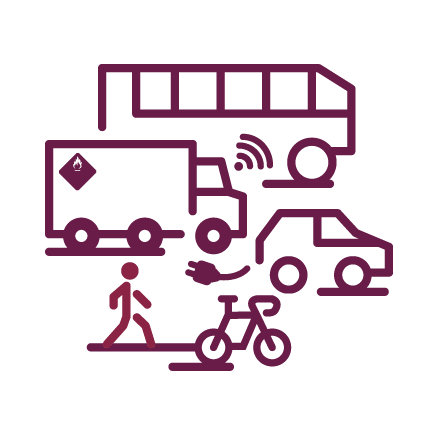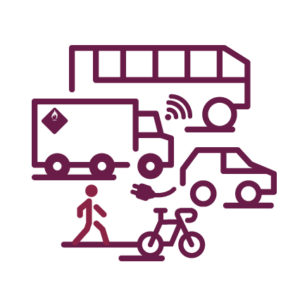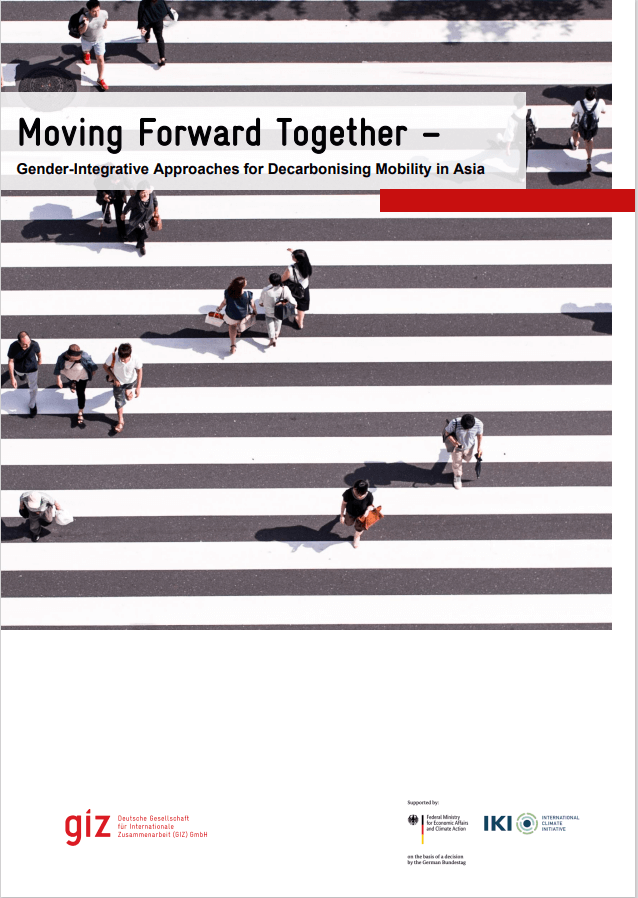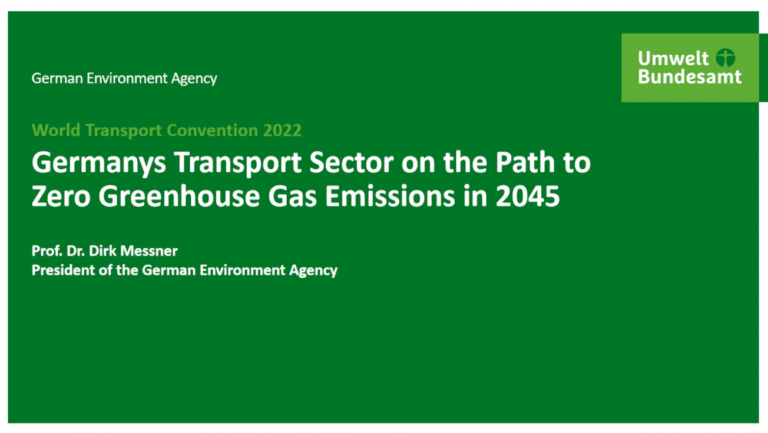New Energy Vehicles (NEVs) present a viable solution for carbon emission mitigation in China’s growing logistics industry. Increasing their numbers and optimising the operation of NEVs can contribute significantly to low carbon sustainable development in the urban delivery sector, especially in the “last-mile delivery” context. Under the Green Urban Freight Pilot Programme launched by the Ministry of Transport (MoT) in 2017, 46 pilot cities were selected to promote new energy logistics vehicles (NELVs) in the urban delivery sector in China. The application of NELVs has been achieved with promising results, with over 412,000 NELVs on the road by 2019 and the number of these vehicles continues to rise. Nevertheless, the programme has also encountered various restrictions and obstacles, such as insufficient right of way privileges for NELVs, an inadequate provision of supporting facilities (e.g. charging points and infrastructure), and low levels of cost-effectiveness.
This study on the Promotion and Application of NELVs in China has been conducted within the framework of the Sino-German Cooperation on Low Carbon Transport (CLCT) project, which is funded by the International Climate Initiative (IKI) and implemented by the Deutsche Gesellschaft für Internationale Zusammenarbeit (GIZ) GmbH. The study aims to foster a constructive discussion on the future of sustainable and low carbon freight transport and logistics in China.
The study identifies the key challenges of NELV adoption in China, provides a detailed analysis of future trends and application scenarios, and outlines a set of comprehensive policy recommendations for promoting NELVs in the development of a low carbon urban delivery sector. In order to produce these outputs, the study has examined China’s current NELV development status, conducted a stakeholder analysis, carried out local investigations in five pilot cities of the Green Urban Freight Pilot Programme and interviewed stakeholders from the city of Zhangjiakou.
The development status analysis of this study concluded that although China has become the world’s largest country in NELV production and sales, overall NELV sales have been declining for two consecutive years from 2018 due to the phasing out of purchase subsidies, and the market for new NELVs has entered a stabilisation phase. However, the NELV industry is still growing at a high speed, mainly driven by the continuous improvement of supporting services and infrastructures, maturing technologies, and sufficient scalability.
The development of NELV applications for the urban delivery setting depends on the support of three categories of stakeholders who are capable of shaping market structures and driving NELV demand, namely: 1. governmental authorities, 2. market players, and 3. other stakeholders. Among these stakeholder groups, national-level governmental departments, production and sales enterprises, and research institutions have shown a stronger willingness to participate in promoting NELVs.
During field investigations in the pilot cities of Yinchuan, Zhengzhou, Chengdu, Shenzhen, and Foshan, and online interviews and surveys with representatives from the city of Zhangjiakou, numerous comments and practical suggestions from municipal transport and other relevant departments and enterprises were collected, and a detailed analysis of the current status quo, challenges, and experiences of NEV application in urban delivery was carried out. The study identified the following obstacles and challenges for the development of NELVs in China, including insignificant road access privileges, low cost-effectiveness, insufficient charging facilities, incomplete standardisation of NELV production and operation, and inadequate after-sales services.
Encouraged by the announcement of China’s 2030 carbon peaking and 2060 carbon neutrality goals, the investment in R&D on NEVs, especially on BEVs and FCEVs, is expected to accelerate. Nevertheless, the study shows that for most NELV application scenarios, battery-electric logistics vehicles (BELVs) can already meet the requirements of urban transportation and delivery. An exception to this is cold-chain (refrigerated) delivery, relatively high-cost FCEVs may still be used more cost-effectively for high value cold-chain delivery.
The study concludes with the following set of policy recommendations for supporting the promotion of NELVs for a green and low carbon urban delivery sector in China. On the national level, it is recommended to develop holistic measures to realise substantial reductions in the total cost of NELVs, through supportive fiscal policies, to complete standards and norms for NELVs and the after-sale service systems. On the local level, it is suggested to continuously implement NELV road privileges, to accelerate the construction of new energy infrastructure and to foster innovative NELV application business models.





